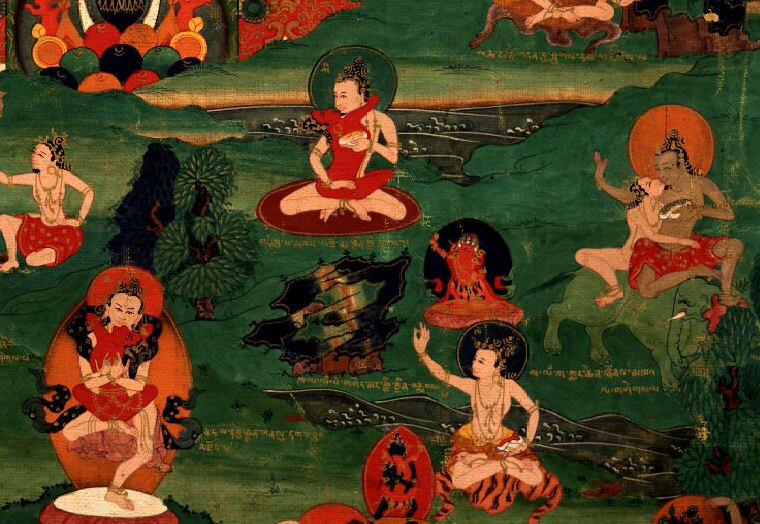Pratiksha Shome
Tantra is an esoteric yoga system that emerged in both Hinduism and Buddhism on the Indian subcontinent beginning in the middle of the first millennium CE. The term tantra also refers to any structured, broadly applicable “text, theory, system, method, instrument, technique or practice” in Indian traditions. These practises are known as Mantramrga (“Path of Mantra”) and Mantrayna (“Mantra Vehicle”) and Guhyamantra (“Secret Mantra”) in Hinduism and Buddhism, respectively, because the usage of mantras is a fundamental aspect of them.
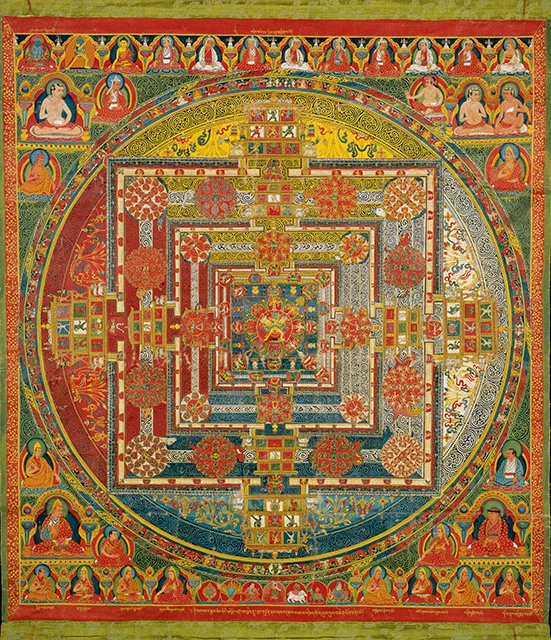
Newly recognised Tantras with a focus on Vishnu, Shiva, or Shakti started to appear in the first centuries of the common period. All major branches of contemporary Hinduism, including the Shaiva Siddhanta school, the Shakta sect of Shri Vidya, the Kaula, and Kashmir Shaivism, have tantric lineages.
The Vajrayana forms of Buddhism are renowned for its tantric doctrines and practises, which are derived from Indian Buddhist Tantras. They consist of Nepalese Newar Buddhism, Japanese Shingon Buddhism, Chinese Esoteric Buddhism, and Indo-Tibetan Buddhism. Although the tantras are not explicitly mentioned in Southern Esoteric Buddhism, its practises and concepts do.
Other Eastern religious traditions like Jainism, the Tibetan Bön lineage, Daoism, and the Japanese Shint tradition have all been inspired by tantric Hindu and Buddhist traditions.
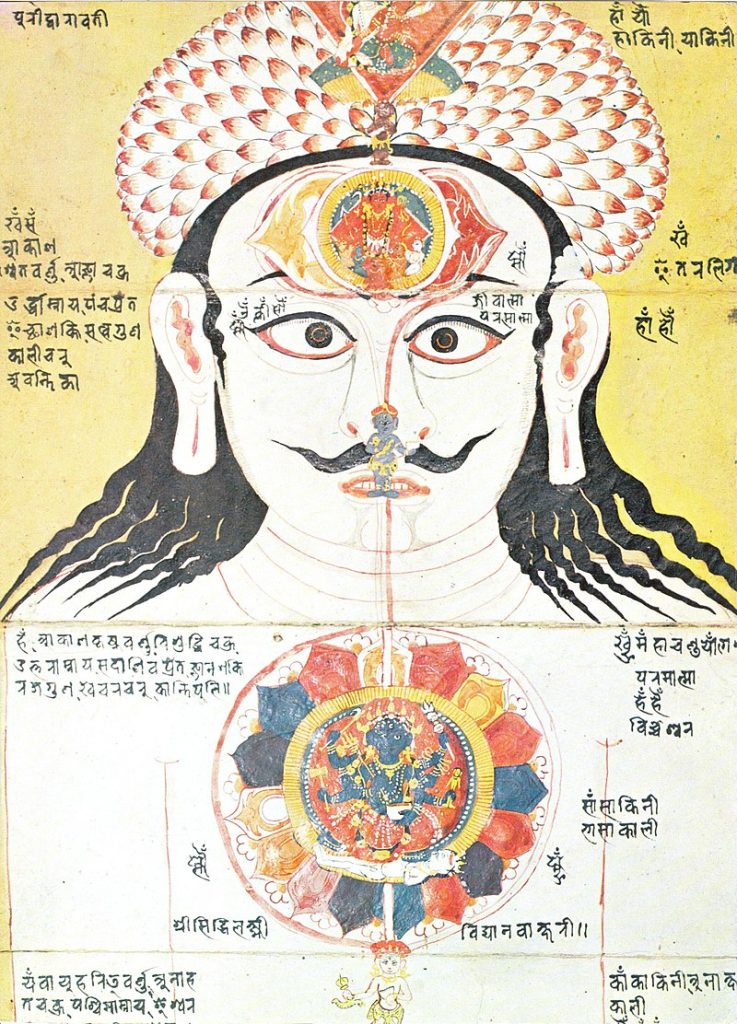
Tantra means “loom, warp, and weave” in the literal sense. The verb root Tan, according to Padoux, can be used to expand, spread, spin out, weave, display, push forth, and compose. As a result, it might also, by extension, signify “system,” “doctrine,” or “work.”
Tantra’s association with esoteric practises or religious ritualism dates back to colonial-era Europe. According to Ron Barrett, this term is based on the metaphor of weaving, where the Sanskrit root tan denotes the warping of threads on a loom. The phrase alludes to the “interweaving of traditions and teachings as threads” into a text, technique, or practise.

Tantrism in ancient text:
In Sutra 1.4.54-55 of Sanskrit grammar, written by the 5th-century BCE scholar Panini, he cryptically explains tantra by using the example of “Sva-tantra” (Sanskrit: ), which he claims means “independent” or a person who is his own “warp, cloth, weaver, promoter, karta (actor)”.
Patanjali takes the same example of svatantra as a composite word of “sva” (self) and tantra, then states “svatantra” means “one who is self-dependent, one who is his own master, the principal thing for whom is himself”, so interpreting the meaning of tantra.
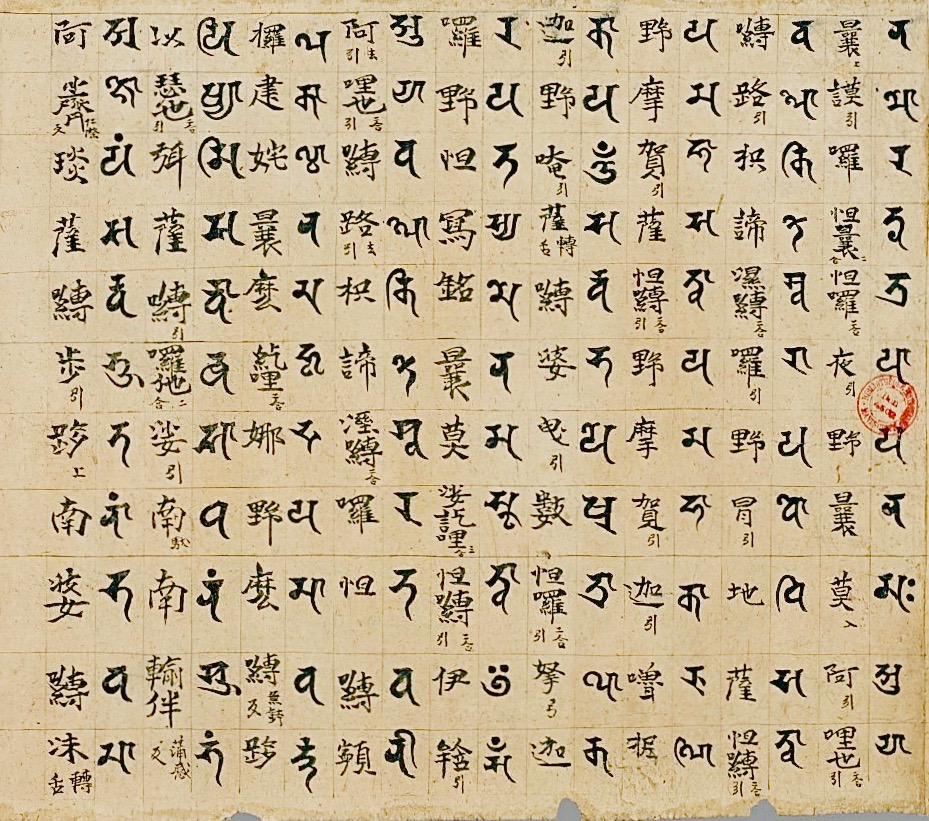
Worship:
Hindu Tantra worship or puja is somewhat different from Vedic customs. Tantra uses idols, shrines, and symbolic art as major forms of worship, but the Vedic practise of yajna does not.
The dualistic aiva Siddhnta, which according to Padoux “is typically characterised by an excess of rituals, which are invariably accompanied by mantras,” places a special emphasis on rites. These rituals are more of a play of mentally imagined and experienced pictures than they are a series of activities, which is a situation found in many Tantric traditions where rituals, meditation, and yoga are exercises in creative identifying imagination. These rites are based on the premise that every person has a core impurity (mala) that ties them to reincarnation. With the right knowledge and ritual action, this impurity can be expelled. The ceremony of initiation (diksa), which opens the door to a future state of release at death, is the first step on this journey.
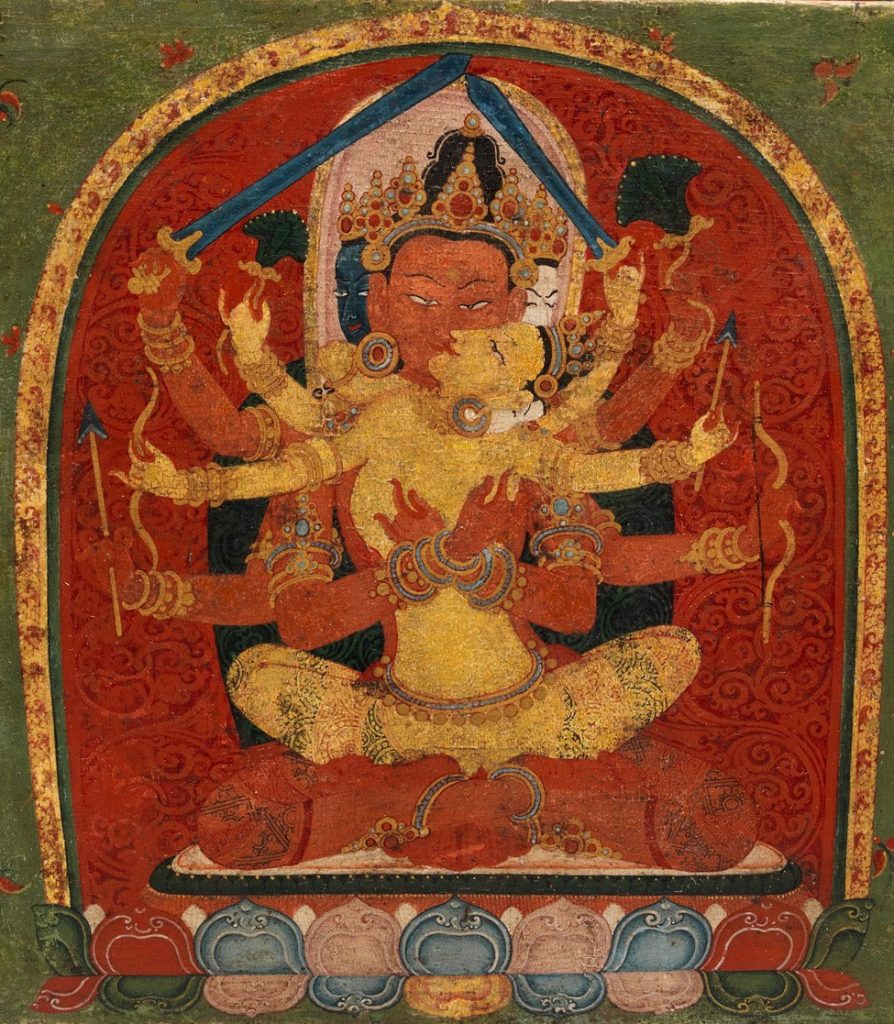
Certain left hand path components that are not present in the more orthodox traditions can be found in non-dualistic and transgressive (or “left hand”) traditions like the Kali cults and the Trika school. These transgressive practises include offering the deity certain impure foods like meat, alcohol, and sexual fluids as well as using skulls and other human bone implements (as part of the Kapalika vow), fierce deities like Bhairava, Kubjika, and Kali, ritual possession by the deities (avesa), and sexual rites.
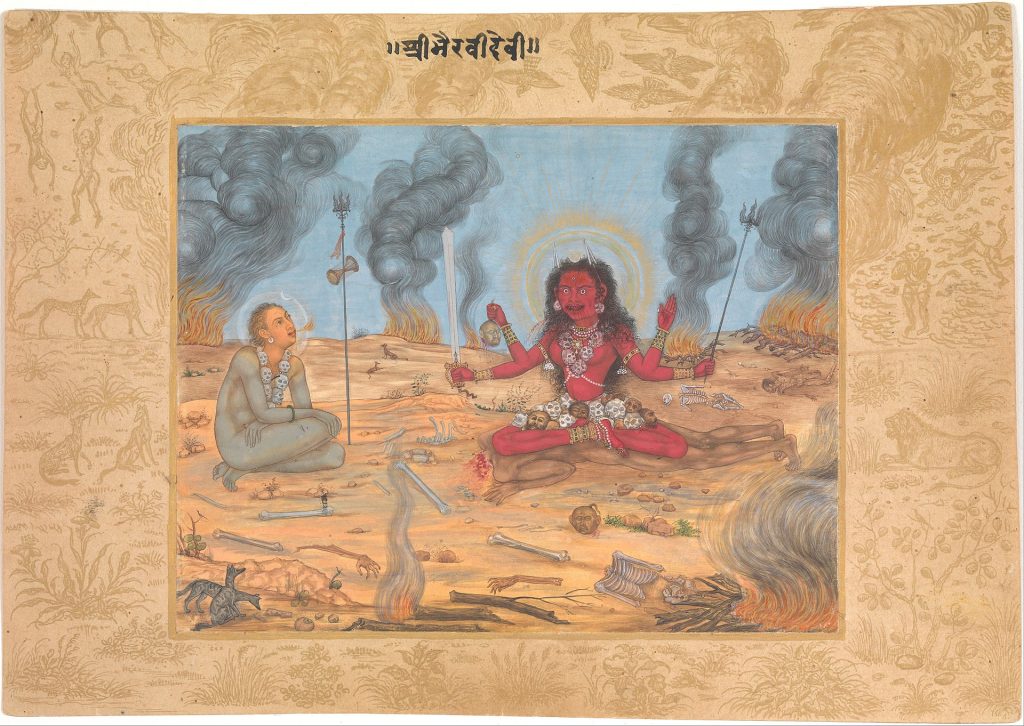
Conclusion:
Tantra is neither magic, sorcery, or other strange practises. The majority of Tantric texts are chock-full of enigmatic phrases, analogies, and allegories that provide challenges for the uninitiated and may result in misinterpretations and abuse. In order to prevent individuals who are not initiated from misapplying or utilising the writings selfishly, they were written in extremely symbolic language. Tantra is a highly ritualistic, religious, and practical system. It was created to assist us in achieving moksha. Tantric rituals are a way to practise the Tantric vision, which is to perceive and feel all life and its energy as manifestations of the divine. Being a living embodiment of Tantra’s central tenet, “Nothing exists that isn’t divine,” is different from simply knowing it on an intellectual level. In other words, this is self-realization.


